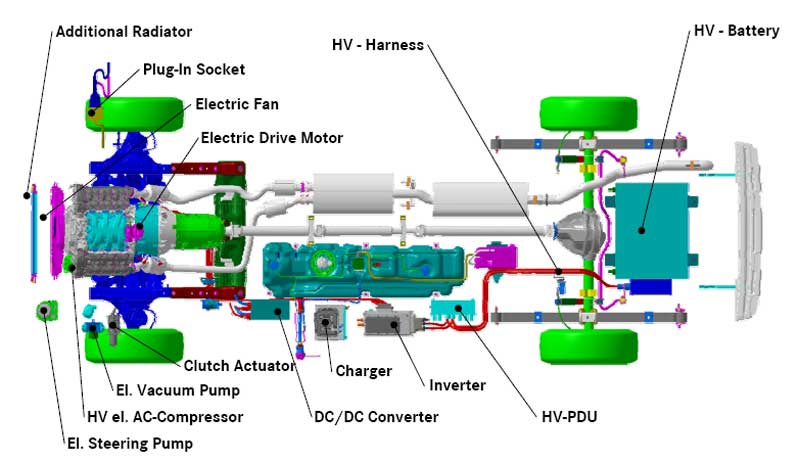

Exclusive: Government won't reinstate plug-in hybrid grantsįinally, plug-in powertrains do make a lot of sense when they’re installed in SUV models, where the bulk of the battery and extra electric motors can usually be accommodated without any loss in space and practicality.The car industry now: New opportunities for start up firms.Mitsubishi's evolution: Working for the Japanese brand in the UK.Talks for Ssangyong GB to take over Mitsubishi's UK arm fail.But with many PHEVs comfortably able to travel more than 40 miles on a charge, which is far in excess of most drivers daily needs, there could be a reprieve on the cards. Moreover, quite a few observers have noticed that the proposed rules are a little vague, suggesting only that a vehicle can travel ‘a significant distance’ in zero-emissions-at-the-tailpipe EV mode. Why? Well, for starters there’s increasing consumer disquiet about the 2030 legislation, a mood that could force the powers-that-be to perform a swift U-turn. PHEVs were dealt a further blow when the EU announced a wholesale ban on all ICE cars from 2030.Īnd yet there’s a growing sense that these petrol-electric models could be back in the frame for sales success. We would also anticipate pricing to fall just below the maximum threshold for the federal tax credit for clean vehicles, allowing the Bronco PHEV to qualify for the full $7,500 rebate.Could the plug-in hybrid be about to experience a boost in popularity? For a while these ‘best of both worlds’ machines were seen as the next big thing, but the UK Government’s decision to cancel all financial grants for these pricey models saw sales slump as buyers looked to either petrol or diesel models, or still-subsidised EVs. We expect the Bronco PHEV to launch on the high-volume models-meaning, sorry, there won't be a pluggable Raptor-and in four-door configuration only. Battery size will likely come in at about 18 kWh, which could give the Bronco an all-electric driving range of about 30 miles, depending on trim, tires, and other details. We expect the Bronco PHEV to be powered by the company's 2.3-liter EcoBoost I-4 engine and backed by a 10-speed modular hybrid transmission.

During the engineering phase, the SUV's front axle mounting location was moved forward approximately 2 inches versus its Ranger platform mate, in part to allow space for the necessary hybrid hardware. Ford's full-size Bronco is built on a modified version of the company's T6 platform and was designed from the beginning with hybrid electrification in mind.


 0 kommentar(er)
0 kommentar(er)
